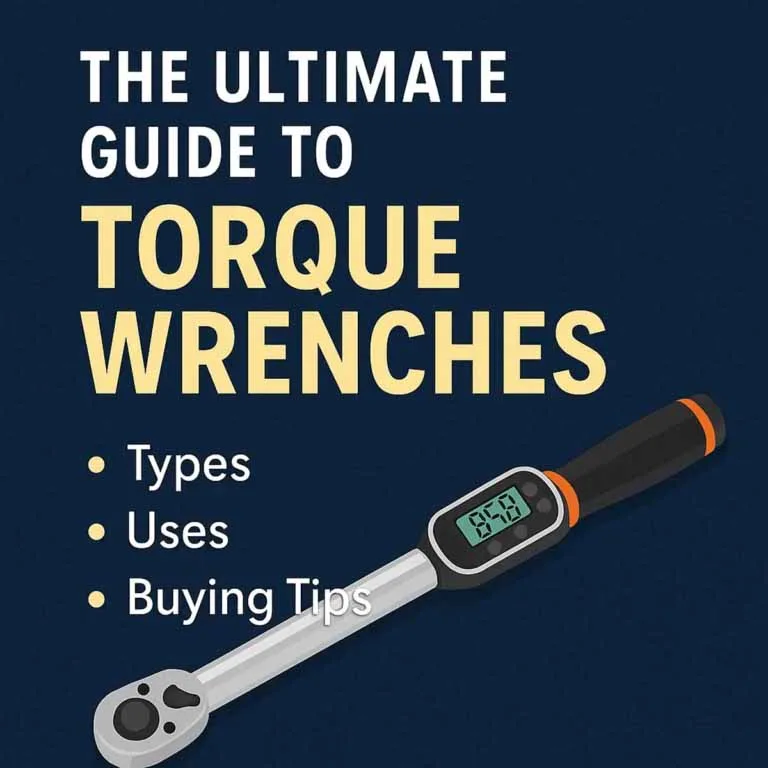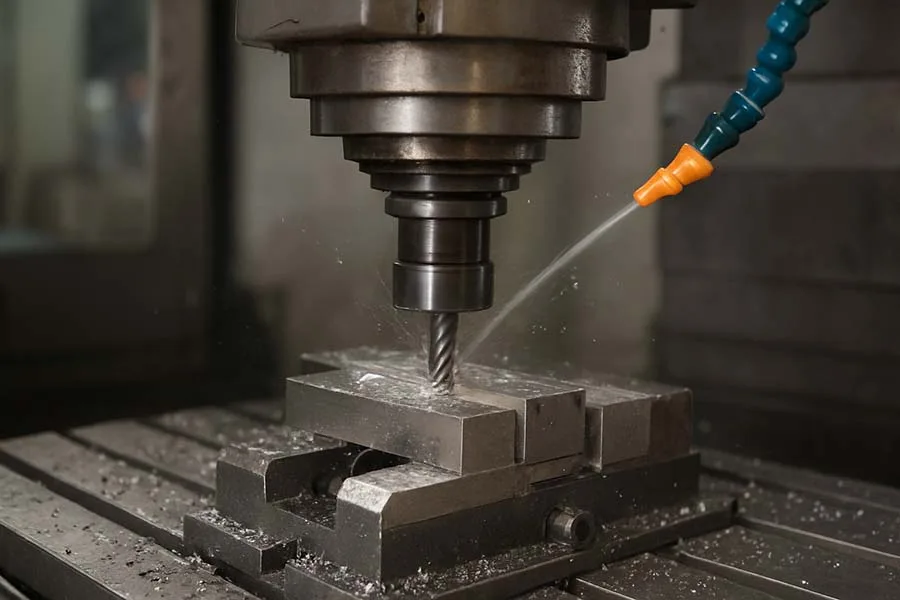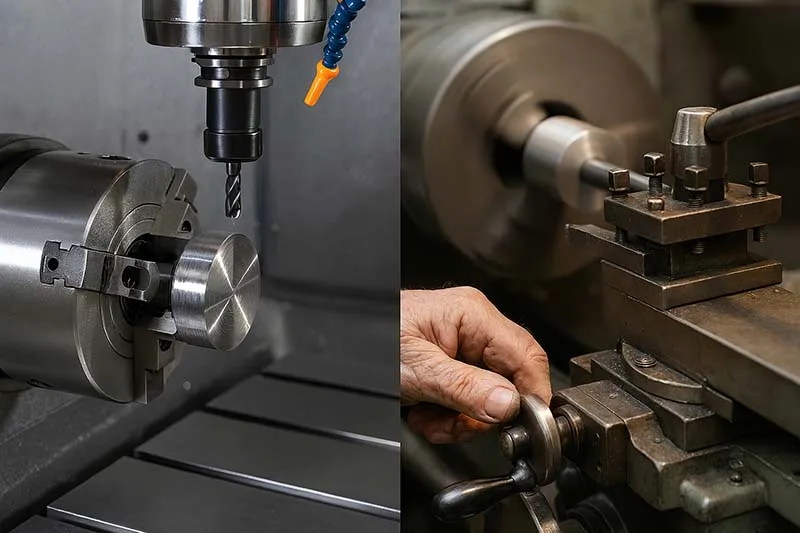Introduction
When precision matters, the torque wrench is the unsung hero of the toolbox. From tightening bolts on an aircraft engine to assembling heavy-duty construction machinery, torque wrenches ensure that every fastener is tightened to the exact specification.
This Ultimate Guide to Torque Wrenches is your one-stop resource. Whether you’re a professional mechanic, an industrial engineer, or a weekend DIY enthusiast, this pillar page will help you understand the different types of torque wrenches, their applications, how to use them correctly, and which one might be right for you.
What Is a Torque Wrench?
A torque wrench is a precision tool designed to apply a specific amount of torque to a fastener such as a bolt or nut. Unlike standard wrenches, torque wrenches prevent over-tightening or under-tightening, ensuring safety and reliability in mechanical assemblies.
Why Torque Matters?
- Safety: Prevents bolt failures in critical systems.
- Performance: Ensures optimal operation of engines and machinery.
- Durability: Extends equipment lifespan by avoiding stress fractures.
- Compliance: Meets strict industry standards (e.g., aerospace, automotive, energy).
Types of Torque Wrenches
1. Beam Torque Wrench
- Description: Uses a scale and pointer to display torque.
- Pros: Affordable and durable.
- Cons: Requires a steady hand; less precise.
- Best For: DIYers and light mechanical work.
2. Click-Type Torque Wrench
- Description: Emits a “click” when the set torque is reached.
- Pros: Easy to use, widely available.
- Cons: Can lose calibration over time.
- Best For: Automotive and general mechanical use.
3. Dial Torque Wrench
- Description: Displays torque value on a dial.
- Pros: Very accurate; allows live monitoring.
- Cons: Larger and heavier.
- Best For: Laboratories and quality control.
4. Digital (Electronic) Torque Wrench
- Description: Uses an LCD screen to display torque; often stores data.
- Pros: Highly accurate, data traceability, IoT connectivity.
- Cons: More expensive; requires batteries.
- Best For: Aerospace, automotive, industrial applications.
5. Hydraulic Torque Wrench
- Description: Powered by hydraulic pressure for very high torque applications.
- Pros: Delivers extreme torque; rugged.
- Cons: Requires external pump; expensive.
- Best For: Heavy industries such as oil & gas and power plants.
How to Use a Torque Wrench Correctly?
- Check Calibration: Ensure it’s within its valid calibration period.
- Set the Desired Torque: Use the adjustment dial or digital input.
- Apply Force Evenly: Keep your hand at the designated grip point.
- Listen/Look for Feedback: A click, digital beep, or dial reading confirms the set torque.
- Reset After Use: Especially for click-type models, reset to the lowest setting to maintain accuracy.
Calibration: Why It’s Essential?
Torque wrenches must be calibrated regularly to maintain accuracy.
- Frequency: Every 12 months or 5,000 uses.
- Providers: Certified labs or manufacturer services.
- Tip: Always keep a calibration log for industrial compliance.
Key Features to Consider When Buying a Torque Wrench
- Accuracy: Look for ± 1–2% depending on your industry.
- Torque Range: Ensure it covers your application (e.g., 10–250 ft-lbs).
- Build Quality: Rugged casing for durability.
- Display Type: Beam, dial, or digital.
- Data Storage: Useful for industrial compliance and reporting.
- Budget: Entry-level (Gearwrench), Mid-range (CDI, Proto), Premium (Snap-On, Atlas Copco, Norbar).
Industries That Rely on Torque Wrenches
- Automotive: Engine assembly, wheel installations, suspension systems.
- Aerospace: Aircraft engine components and structural fasteners.
- Energy & Oil: High-pressure pipe systems, wind turbines, nuclear plants.
- Construction: Heavy machinery and infrastructure projects.
- DIY & Hobbyists: Car restoration, motorcycles, and home projects.
Interesting & Lesser-Known Facts
🔧 Interesting Fact: NASA requires all torque wrenches used in spacecraft assembly to have calibration certificates less than 6 months old.
🔧 Lesser-Known Fact: The first patent for a torque wrench was filed in 1931 by Conrad Bahr, who worked for the New York City Water Department.
The Ultimate Guide to Torque Wrenches FAQ
Want To Learn More About Torque Wrench?
Find out more information on torque wrenches in the following articles:
- How to Use a Torque Wrench in the Automotive Industry
- Automotive Torque Wrench Buying Guide 2025
- Digital vs. Mechanical Torque Wrenches: Which Is Better?
- Best Digital Torque Wrench in 2025
- Top Torque Wrench Manufacturers Reviewed (2025 Edition)
- How to Calibrate a Torque Wrench: Step-by-Step Guide
- How to Set Up a Torque Wrench Correctly (Step‑by‑Step)
- How to Read a Torque Wrench Correctly?
- Torque Wrench Maintenance: How to Extend Its Life
- 5 Common Mistakes When Using a Torque Wrench
- The Future of Torque Wrenches: Smart Tools & Automation 2025
- Torque Wrenches in Aviation – Case Studies on Safety
- Torque Wrench Safety: Prevent Overtightening & Bolt Failures
- Torque Wrench Accuracy Explained | Understanding Tolerance in Practice
- Digital Torque Wrench Calibration – Step-by-Step Guide 2025
- Snap-On Digital Torque Wrenches (2025) – Premium Review
- Proto Torque Wrenches: Complete Buying Guide & Pro Review (2025 Edition)
- How to Choose the Right Torque Wrench for Your Job
Also read:
Conclusion
A torque wrench may not be the flashiest tool, but it’s one of the most important when it comes to precision, safety, and compliance. From budget-friendly click-type models for DIY enthusiasts to high-tech digital torque systems for aerospace, there’s a tool for every job and budget.
💬 Now it’s your turn!
Which torque wrench do you rely on most, and why? Share your experience in the comments – and don’t forget to pass this guide on to friends or colleagues who work with precision tools.





